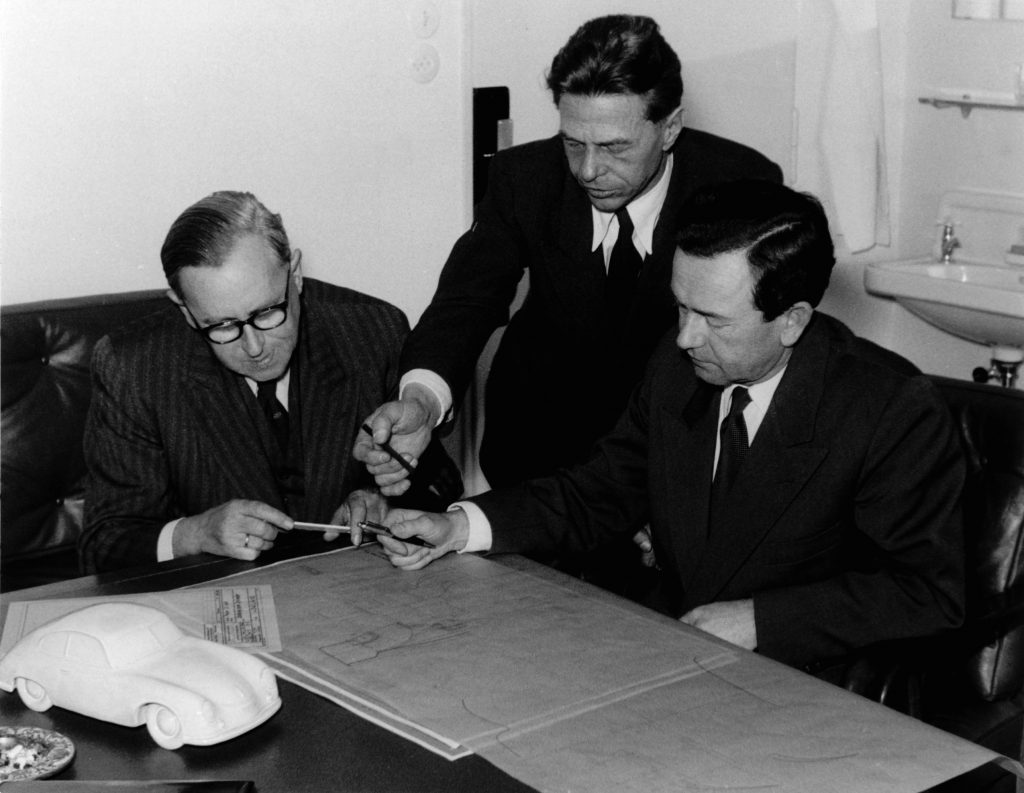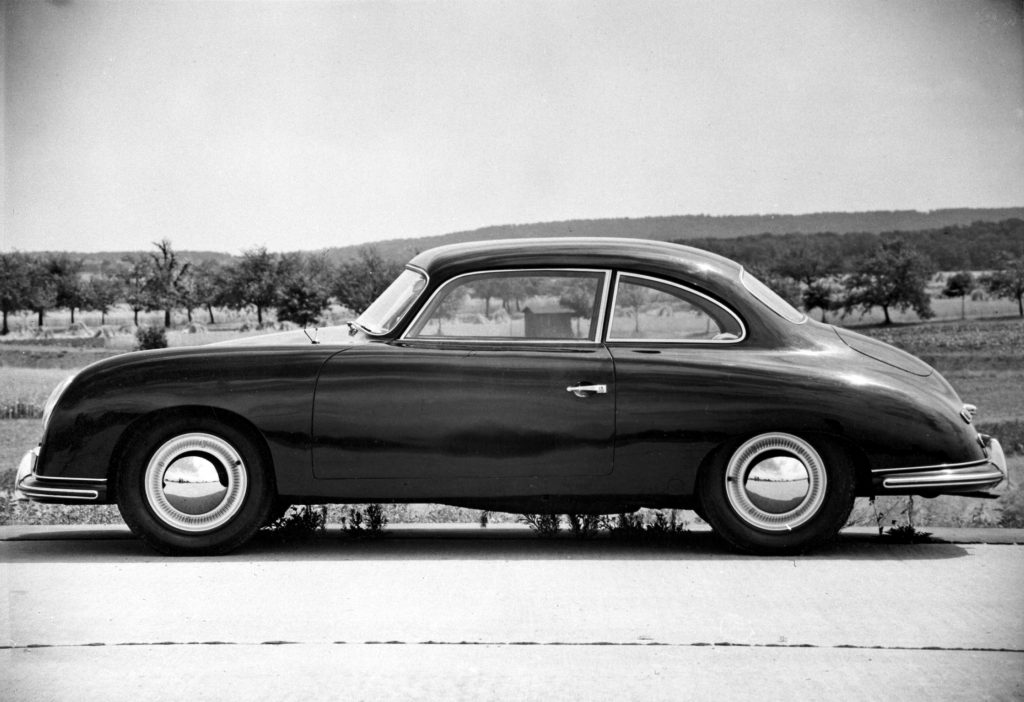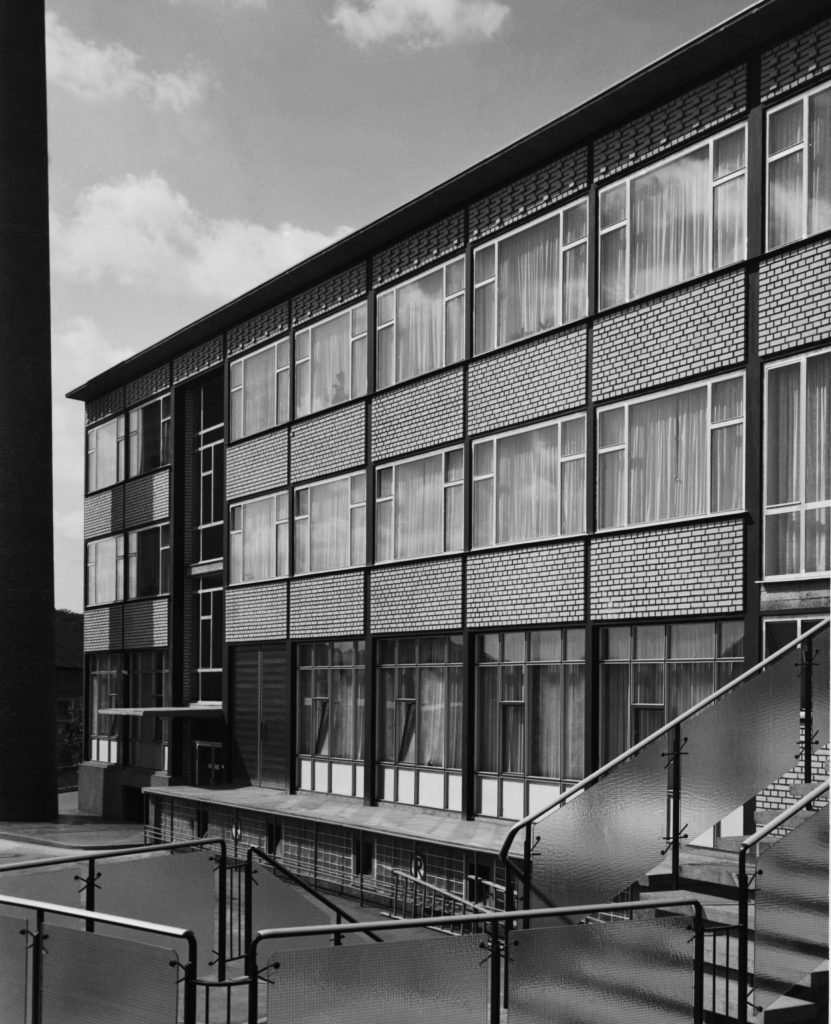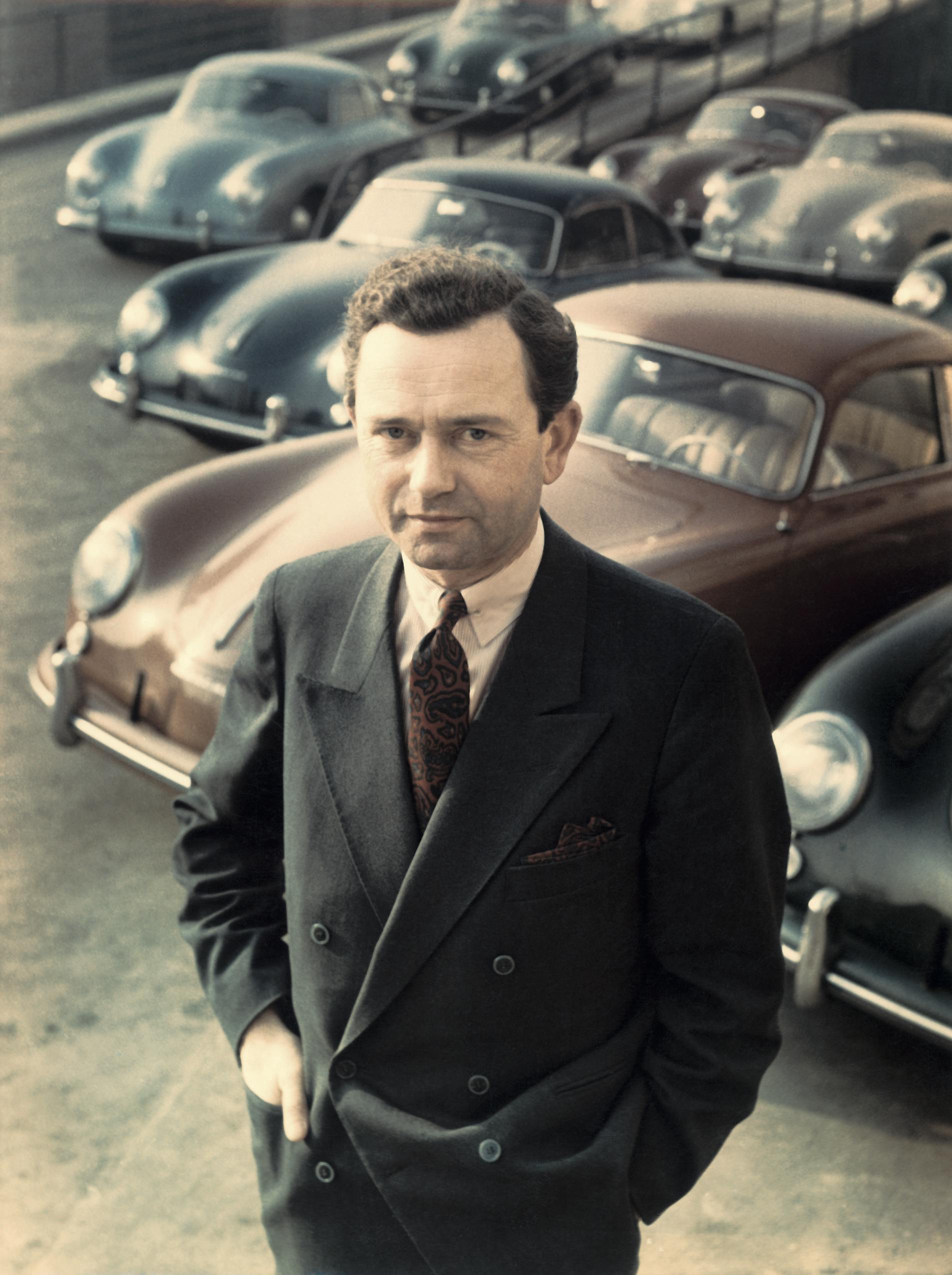Porsche’s first four-door sedan isn’t the Panamera
When Porsche announced the production of the Panamera four-door sedan in 2010, you would have thought the world was coming to an end. In fact, Porsche had considered building a four-door sedan as far back as 1952, although it never came to pass.
The story starts with a man named Richard Hutchinson, head of Studebaker’s export operations. The independent automaker was looking to become more of an international presence, having built a plant in Hamilton, Ontario, and negotiated agreements to build Studebakers overseas. In the midst of this, British authorities, then occupying the part of Germany that included Wolfsburg, offered Studebaker the chance to take possession of the Volkswagen plant as an outright gift. The plant was a bombed-out shell and the car’s Nazi association was an anathema. But Hutchinson was fascinated by the Beetle, and had one shipped to Studebaker’s headquarters in South Bend, Indiana, with the idea that Studebaker would become the American distributor. But Harold Vance, Studebaker’s president and the former head of production, wouldn’t even look at the car, and the deal went nowhere.
But Max Hoffman, Volkswagen’s U.S. importer, kept at Hutchinson, arranging for a delegation from Porsche KG to meet with Studebaker management in South Bend. While many enthusiasts consider Porsche as an automaker, the company started as a design and engineering consultancy, which kept the car company alive during its lean years.

That’s why in May 1952, Ferry Porsche, chief designer Karl Rabe, chassis engineer Leopold Schmid, and body designer Erwin Komenda arrived in South Bend along with a Porsche 356 and the Porsche Type 530—a prototype 356 with a longer wheelbase, larger doors and a raised roof.
But they arrived on a Sunday, so they couldn’t get a drink after their long trip. They hoped things would improve on Monday.
Ferry’s idea of a sports car with space for four, the Type 350’s performance didn’t impress Max Hoffman or Studebaker executives. This was not the sort of car they wanted. Yet the meeting led to an agreement calling for Porsche to design a car with a front-mounted, air-cooled, six-cylinder engine car with more power and less weight than the 1952 Studebaker Champion. A subsequent agreement also called for the development of a water-cooled engine as well.

In return, Studebaker would pay Porsche approximately $500,000 (or $4.9 million when adjusted for inflation), money Porsche needed to construct a factory. Until then, Porsche had leased space in the Reutter body factory in Zuffenhausen, a Stuttgart suburb. The new facility, still in use today, was designed by the Stuttgart-based architect Rolf Gutbrod.
What Porsche delivered two years later was a four-door sedan on a 111-inch wheelbase, four inches shorter than that of the Champion. Two versions were delivered: the 542L with an air-cooled engine that produced 98 brake horsepower, and the 542W with a water-cooled engine that generated 106 brake horsepower. Unlike Studebakers of the time, the 542 had a fully-independent suspension, although it did use many Studebaker components, such as door handles, steering wheel, brakes and wheels.
But as the car was being developed, Studebaker was facing its own challenges.
The company had launched the stunning Starlight Coupe for 1953, but the coupe was conceived as a single model, not as a sedan or wagon. The decision was made to apply the new look to the 1953 sedan, which had already been styled. The company rushed to change the design, with all sedans save the Commander Land Cruiser using the corporate 116.5-inch wheelbase, rather than the Coupe’s 120-inch wheelbase. As a result, sedans and coupes didn’t share most body panels and trim. The missing length sabotaged the sedan’s styling, yet managers actually thought consumers would prefer the sedan over the coupe and scheduled production accordingly. Once the coupe appeared in showrooms, orders flooded in.
But as the company began production, the ran into a major snafu: the front-end sheetmetal didn’t mate properly to the body. This resulted in production stopping until January 1953 in an era when automakers’ new models came out in September 1952. Sales declined as demand for coupes outstripped supply and sedans sat on lots. As a result, the company lost $8.3 million (or $80.7 million adjusted for inflation) in the first quarter of 1953, a trend that would continue as the year came to a close when General Motors and Ford unleashed a sales war. The effect on independent automakers was immediate: sales dried up for Nash, Hudson, Packard, Willys, Kaiser, and Studebaker—whose 1953 production was 66 percent lower than in 1950. The staggering sales drop and a lack of cash led the company to merge with Packard on October 1, 1954.

It was against this backdrop that the Porsche Type 542, also code-named Studebaker Z-87, came to completion.
When it arrived, it was no lightweight, as anticipated. Instead, it was 550 pounds heavier. And while engineers found the car to be well-balanced, but the head of advanced engineering, John Z. DeLorean—yes, THAT DeLorean—was critical of the car, noting its excessive vibration, tendency to oversteer and bug-like appearance. “This vehicle has a large amount of technical appeal, but a number of items need refinement to increase its overall appeal as a small car to the average American car buyer.”
Certainly, DeLorean was no different than many American automotive executives, who were all guilty of the “not invented here” syndrome. It’s a trait that would serve him well at GM.
Undeterred, Porsche offered up the Type 633, a two-door sedan with a horizontally-opposed, air-cooled engine in the rear—an American Volkswagen. Studebaker declined.
By this point, the South Bend automaker was mired in losses, despite the merger with Packard. With management distracted by the new arrangement Type 633 and cash dwindling, any chance of an American Volkswagen was kaput.
While most people are unaware that these two automakers worked together, Porsche does acknowledge the project to this day.
Accompanying the sole photo on its website is this description: “Porsche KG receives a major development assignment from US car maker Studebaker. During this two-year period of cooperation, Porsche develops Type 542, a modern four-door saloon regrettably never to enter series production due to a shortage of funds on the part of Porsche’s U.S. customer.”
Studebaker would go on to distribute vehicles from another German automaker, Daimler-Benz, from 1957–64. Dealers sold about 12,000 Mercedes-Benz, Auto Union, and DKW vehicles annually, but Daimler paid Studebaker $5 million to break their agreement in 1964 despite having six years left in the contract. The company then formed Mercedes-Benz of North America in 1965 in New Jersey, using the top dealers from the old arrangement.
The following year, Studebaker exited the car business.





